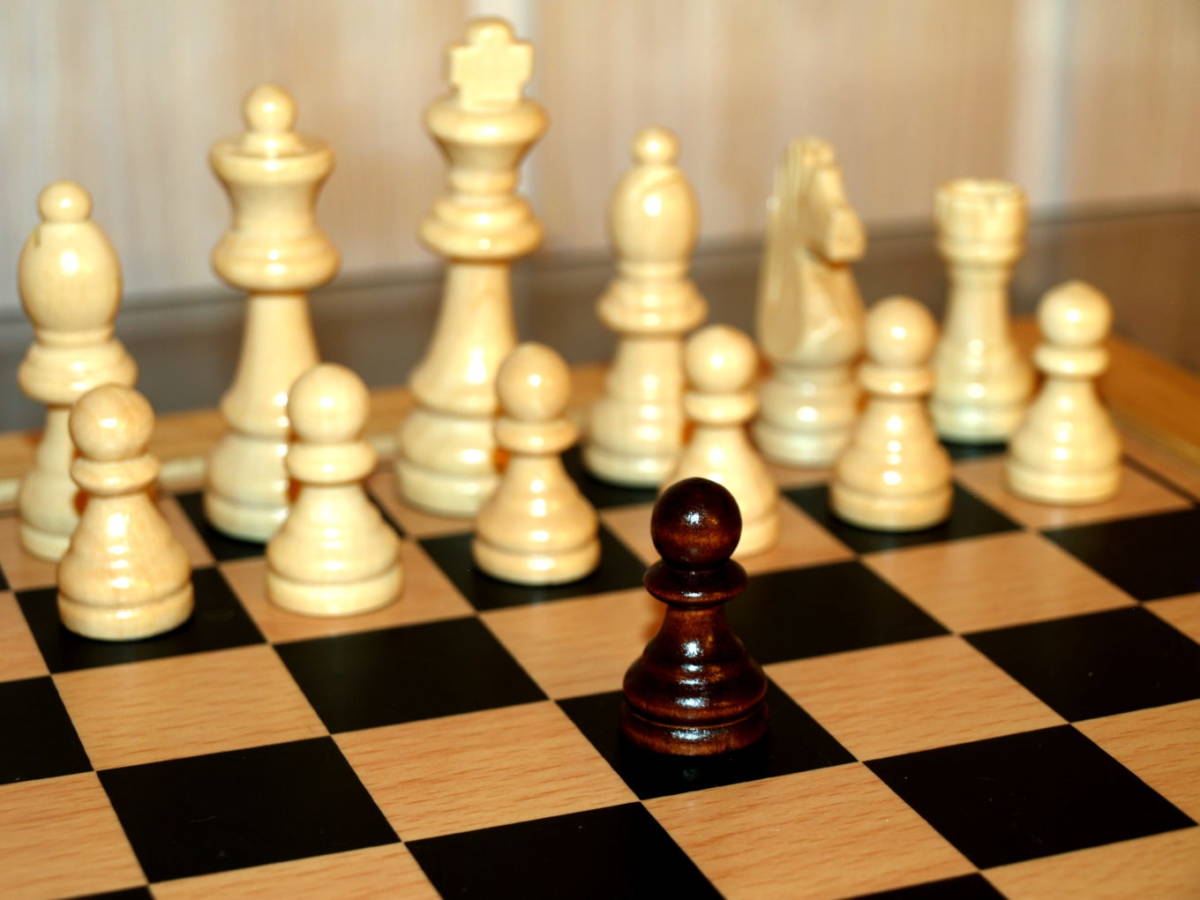We often teach and learn that prejudice and discrimination are overt. And too often, they are. Other times, however, prejudice lives in our unspoken assumptions – and even in our routine phrases.
August Pollack’s cartoon from Monday points out a few examples of this from the news media. It’s sad that these were on national news… yet even those are relatively obvious.
More subtle is the religious discrimination that pervaded the 2008 Presidential Election. Romney’s Mormonism was a topic of debate. False whisper campaigns alleged that Obama was a Muslim. Both of these are contrasted with Huckabee. Unlike Romney, Huckabee explicitly made his religious views part of his platform. Romney’s faith was used against him, not his policy positions.
Similarly, why would it be a big deal if a candidate was Muslim? The fact that a whisper campaign was used – that being of a particular faith is seen as a slur (and still apparently has some legs) – shows the prejudice of those individuals.
But it can be even more subtle than that. When describing a particular person to a friend, I characterized that person as “white trash”.
“You shouldn’t call people that,” she told me. “Everyone has value; nobody’s trash.”
“You haven’t met this person,” I replied. “They really are that bad.”
“Fine,” my friend said. “But you also had to specify that they were white.”
Think about these hidden normals – and the opposites. We add in descriptors when we have to make a distinction from an assumed common experience. Male nurse. White trash. Female police officer.
When we have to distinguish these things, it reveals our hidden prejudicial assumptions. America spreads a myth of a common “norm” – a norm that is white, middle-class, slightly right-of-center, Protestant Christian nuclear family. That’s the “mainstream” culture you hear so much about.
Revealing the assumptions bundled into that mainstream identity reveals hidden problems, and could, if we’re brave enough, uncover potential solutions.
